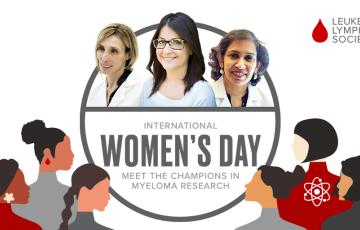Search Results

LLS, advocates celebrate major state policy wins for patients
While Congress meets year-round, state legislatures typically meet only in the first half of the year. The start of the summer generally marks the end of the state sessions.
As LLS prepares for our 2024 state work, it’s important to celebrate the incredible wins we achieved at the state level in 2023.
These policies are the culmination of years of work from volunteers and LLS staff from across the organization. We hope you’ll take a moment to learn about them – and share them with your own stakeholders.
Cisplatin
Cisplatin is FDA approved alone or in combination with other drugs to treat people who have certain types of cancer.
Cyclophosphamide
Cyclophosphamide is FDA approved to treat several types of cancer, including people who have Hodgkin lymphoma, non-Hodgkin lymphoma, acute and chronic lymphocytic leukemia, acute and chronic myeloid leukemia, myeloma, and mycosis fungoides. Cyclophosphamide is usually used in combination with other drugs.
Cyclophosphamide may cause a temporary loss of hair in some people. After treatment has ended, normal hair growth should return, although the new hair may be a slightly different color or texture.
Vincristine
Vincristine is an FDA-approved chemotherapy agent that is used to treat some types of blood cancer as well as some noncancerous conditions. Vincristine may cause hair loss in some patients. After treatment with vincristine has ended, or sometimes even during treatment, normal hair growth should return.
Corticosteroids
Dexamethasone, hydrocortisone, methylprednisolone and prednisone are FDA approved corticosteroids that are used to treat many medical problems, including some kinds of cancer.



